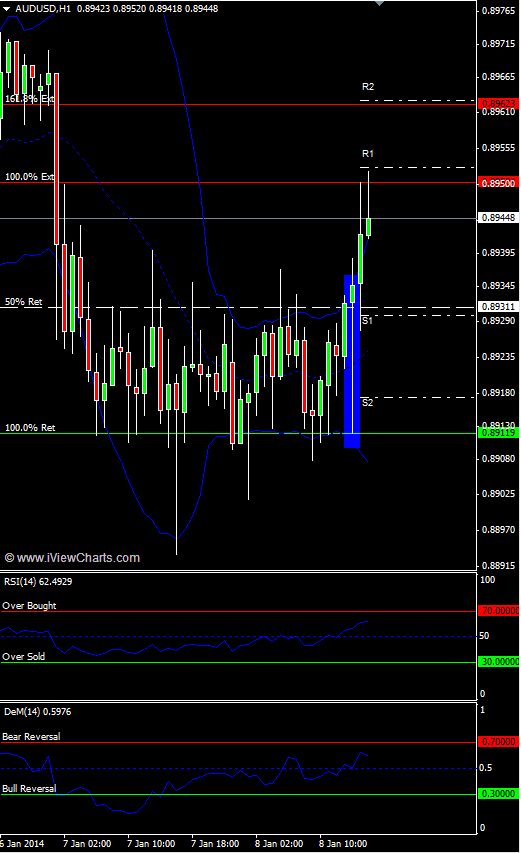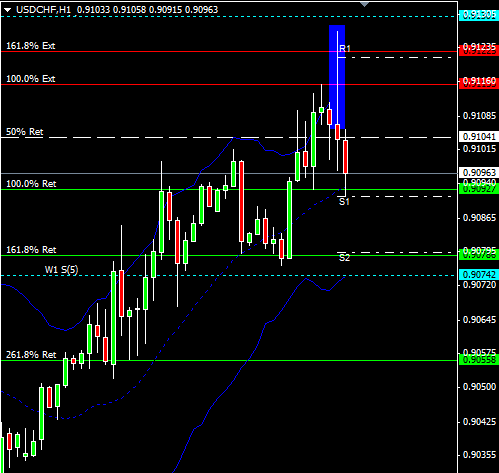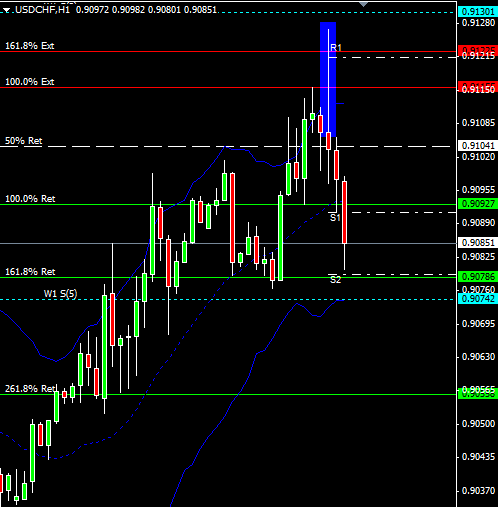The reason I trade so many live events is that fundamental data is the best way to demonstrate how to make money in trading, quickly. Now I’m not referring to getting rich quick, I am talking about how you can profit from large market movements and volatility created by new information hitting the market. This is the first part of my rule, the 20% fundamental side. The rest of the time the markets will trade between perceived support and resistance, this is the 80% technical trading part of the rule.
The KEY thing to remember is that once you understand how to trade technically, this is 80% of the time. You can use this knowledge to trade the 20% highly volatile fundamental trades, as they will also adhere to the technical style of trading. Every move, no matter how volatile looks for support and resistance.
What is quite unique about trading is that we all have access to the same information but all use our own interpretation. This leads to conflicts in the market, some people at that time will be right and some people will be wrong. My point is that when ‘new’ information hits the markets, if it is unexpected or a shock to the market, with so many different opinions out there; the market has to then move as people get in and out of trades.
My two main views on trading:
1. The 80/20 rule. The markets move 80% of the time technically and 20% of the time fundamentally. However the 20% fundamentals trade technically with added volatility. Meaning why would you fade or discount fundamental data? Trade it – make money it’s is its own opportunity.
2. A trading edge is not necessarily knowing what others don’t. For me it is more knowing exactly what everyone else does know, and trading with them when they are right and against them when they are wrong. Look at the basic indicators like RSI, Bollinger bands and moving averages, remember the ‘self-fulfilling prophecy’ of technical trading.
Here is a working example of this thinking in the AUD/USD chart:

Look at the indicators that most other traders will use in a trading day. Build your trading strategy around this.
1. Bollinger bands – we have rejected a close below the lower boundary
2. Large H1 pin bar rejecting (blue) the ‘fake move’ down
3. The DeM is rising - positive
4. The RSI is rising - positive
5. The Fibonacci levels 100% (green) 50% (dotted white) are holding as support.
Out come? Buy the AUD against the USD
My three main views on trading fundamental volatility:With added volatility there are a couple of things that have to be adhered to.
1. Time! Invest time in your preparation and charts before any major fundamental event. There may be huge moves but they can be over in seconds. Levels can be hit and if you are not ready for the opportunity you will either miss out or lose money trying to get into a trade that has gone. Understand your risk reward, what you are actually trying to achieve from this trading opportunity.
This is the USD/CHF before and after the US open.
Remember that traders will be taking into account all the fundamental data, for example (08/01/14) ADP 238 vs 200 could change people view of the markets and there is always extra volatility on the open.
Before

After

We have prepared our charts. We are focusing on:
1. Bollinger bands – closed inside the top boundary, and have tested the md point
2. Key levels – we know 0.90742 (blue) is a good down side level
3. Fibonacci – we know we are below the key 50% so the 100% and 161.8% are targets
4. ‘Fake out’ candle – the blue box indicates a rejected push higher – therefore we trade lower
In this scenario we wait for the open, and sell the USD against the CHF and make 13 pips profit.
2. Understanding fundamentals and your markets. You can either just trade the flow, or you can actually spend the time understanding what the data means and why it moves your market up or down. It depends on you, but don’t trick yourself into thinking you understand what the data means! If you don’t and just want to just sell your market because it is going down, that is fine as long as you have the technical and risk side covered in your preparation.
3. Size. Trade the appropriate size. The rules of trading generally dictate that you should trade 1% of your capital on each trade. I don’t agree personally this statement in general and certainly not for fundamental trades. Each trade should be on its own risk merit. You should not be trading a 100 times a day so you don’t need a basic general rule. Especially for fundamental trading where there maybe 2 key events a month, why would you only risk 1%, if you are prepared and have been patient why not 5% or 10%? NEVER RISK MORE THAN YOU CAN AFFORD TO LOSE
To really summarise all this fundamental and data trading is just another aspect of trading. If you understand the basic principles of short term volatility and are prepared, it is just another way of being involved in the markets for short periods of time and maximising you returns.
I will be trading the BoE and FED minutes every month on FXStreet this year so join in these events and see how you can look to profit from trading volatile fundamental data in a technical manner. Visit my page to register for my upcoming webinars
Editors’ Picks
EUR/USD hovers around 1.0700 after German IFO data

EUR/USD stays in a consolidation phase at around 1.0700 in the European session on Wednesday. Upbeat IFO sentiment data from Germany helps the Euro hold its ground as market focus shifts to US Durable Goods Orders data.
USD/JPY refreshes 34-year high, attacks 155.00 as intervention risks loom

USD/JPY is renewing a multi-decade high, closing in on 155.00. Traders turn cautious on heightened risks of Japan's FX intervention. Broad US Dollar rebound aids the upside in the major. US Durable Goods data are next on tap.
Gold price trades with mild negative bias, manages to hold above $2,300 ahead of US data

Gold price (XAU/USD) edges lower during the early European session on Wednesday, albeit manages to hold its neck above the $2,300 mark and over a two-week low touched the previous day.
Worldcoin looks set for comeback despite Nvidia’s 22% crash Premium

Worldcoin price is in a better position than last week's and shows signs of a potential comeback. This development occurs amid the sharp decline in the valuation of the popular GPU manufacturer Nvidia.
Three fundamentals for the week: US GDP, BoJ and the Fed's favorite inflation gauge stand out Premium

While it is hard to predict when geopolitical news erupts, the level of tension is lower – allowing for key data to have its say. This week's US figures are set to shape the Federal Reserve's decision next week – and the Bank of Japan may struggle to halt the Yen's deterioration.
RECOMMENDED LESSONS
Making money in forex is easy if you know how the bankers trade!
Discover how to make money in forex is easy if you know how the bankers trade!
5 Forex News Events You Need To Know
In the fast moving world of currency markets, it is extremely important for new traders to know the list of important forex news...
Top 10 Chart Patterns Every Trader Should Know
Chart patterns are one of the most effective trading tools for a trader. They are pure price-action, and form on the basis of underlying buying and...
7 Ways to Avoid Forex Scams
The forex industry is recently seeing more and more scams. Here are 7 ways to avoid losing your money in such scams: Forex scams are becoming frequent. Michael Greenberg reports on luxurious expenses, including a submarine bought from the money taken from forex traders. Here’s another report of a forex fraud. So, how can we avoid falling in such forex scams?
What Are the 10 Fatal Mistakes Traders Make
Trading is exciting. Trading is hard. Trading is extremely hard. Some say that it takes more than 10,000 hours to master. Others believe that trading is the way to quick riches. They might be both wrong. What is important to know that no matter how experienced you are, mistakes will be part of the trading process.
